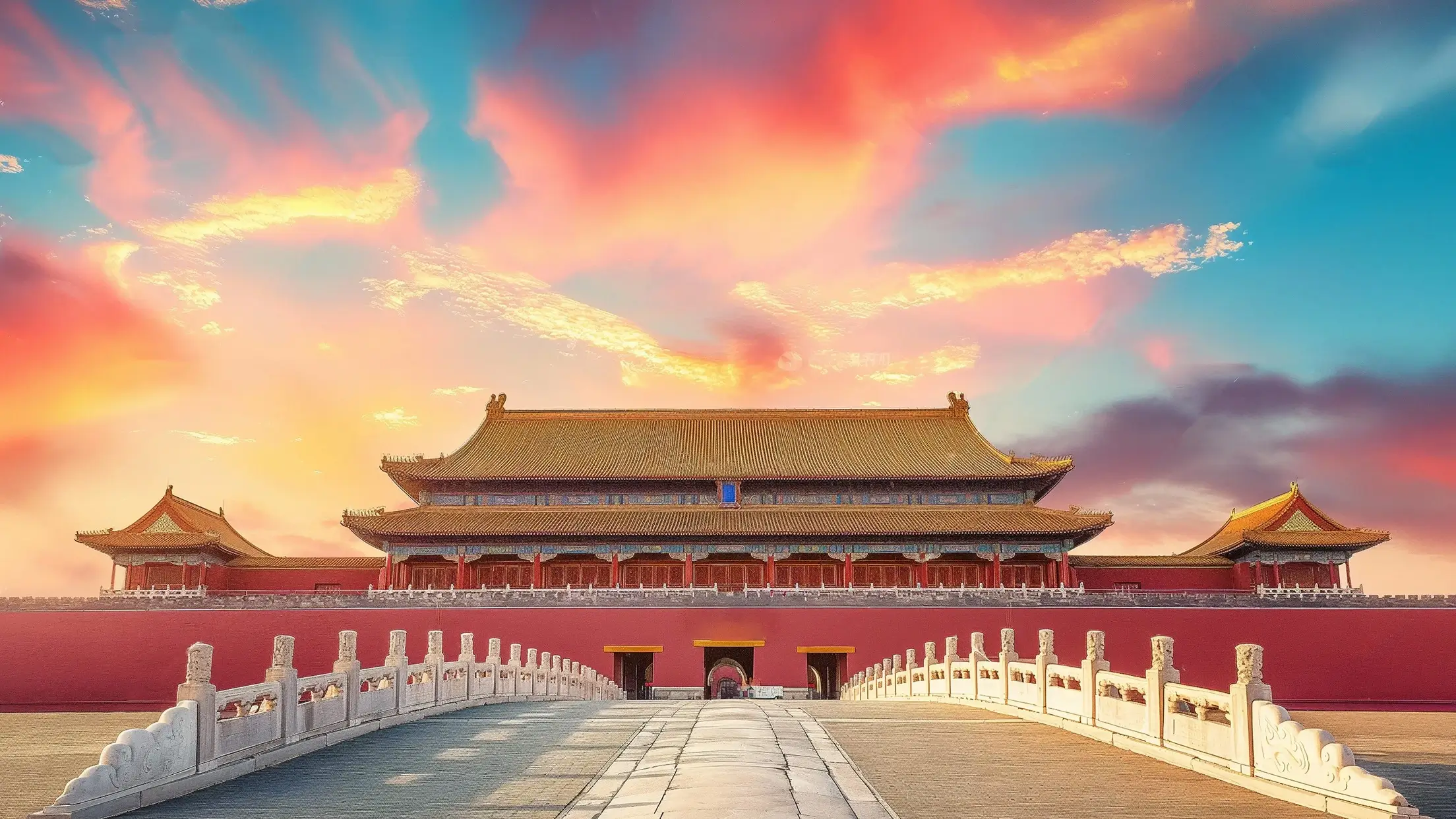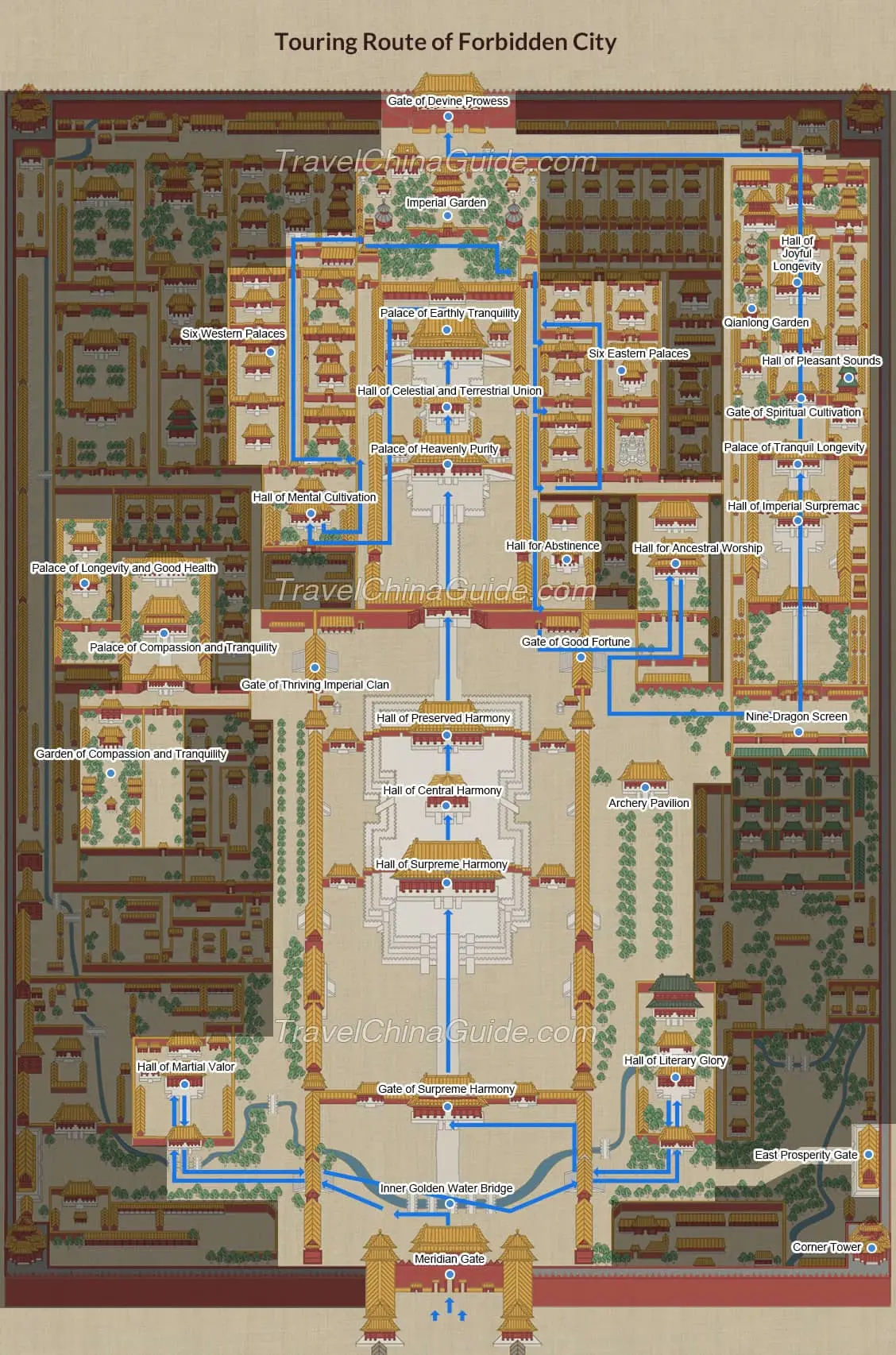Stone Forest (Shilin) Travel Guide: Exploring Kunming’s Natural Wonder

Intro & Tourist Map
Located 78 km from Kunming, the Stone Forest (Shilin) is a UNESCO World Heritage Site and one of China’s most iconic karst landscapes. Famous for its towering limestone pillars, ethnic Yi culture, and surreal scenery, this guide provides everything foreign travelers need to plan a trip, including transportation, weather, itineraries, and tips.
Essential Tips for Visitors
- Baggage Storage: Free storage at the Meridian Gate; retrieve bags at Shenwumen or Donghuamen
- Ticket Booking: Reserve 7 days in advance via the official WeChat mini-program “故宫博物院”. Tickets sell out quickly. Ask your travel agency or local agency to help you out.
- Prohibited Items: No tripods, selfie sticks, or large bags. Smoking and touching artifacts are strictly forbidden
- Guided Tours: Rent an audio guide (¥40) or book a live guide for historical insights.
Transportation Options
By Train
- High-Speed Rail: From Kunming South Railway Station, take a train to Shilin West Station (石林西站, 18 minutes). From there, a shuttle bus (20 minutes) reaches the park.
By Taxi:
- Taxi or Car Rental: A 1.5-hour drive from Kunming. Parking is available near the park entrance.
Weather & Best Time to Visit
Recommended Itinerary
Related Attractions
The Mutianyu Great Wall Travel Guide
Mutianyu Great Wall is one of the most beautiful and well – preserved sections of the Great Wall. The wall here has a unique “V – shaped” structure in some parts, which is both a defensive feature and a visual spectacle.
Visit Beijing Universal Studios
Beijing Universal Studios is a world-class theme park that combines the magic of movies with thrilling rides and immersive experiences. If you’re planning a visit to this exciting destination, this travel guide will help you make the most of your time and have an unforgettable adventure.
Temple of Heaven
The Temple of Heaven, a UNESCO World Heritage Site, is one of Beijing’s most iconic cultural landmarks. Built in the 15th century during the Ming Dynasty, this ancient complex served as a sacred site where emperors prayed for good harvests and divine blessings.



